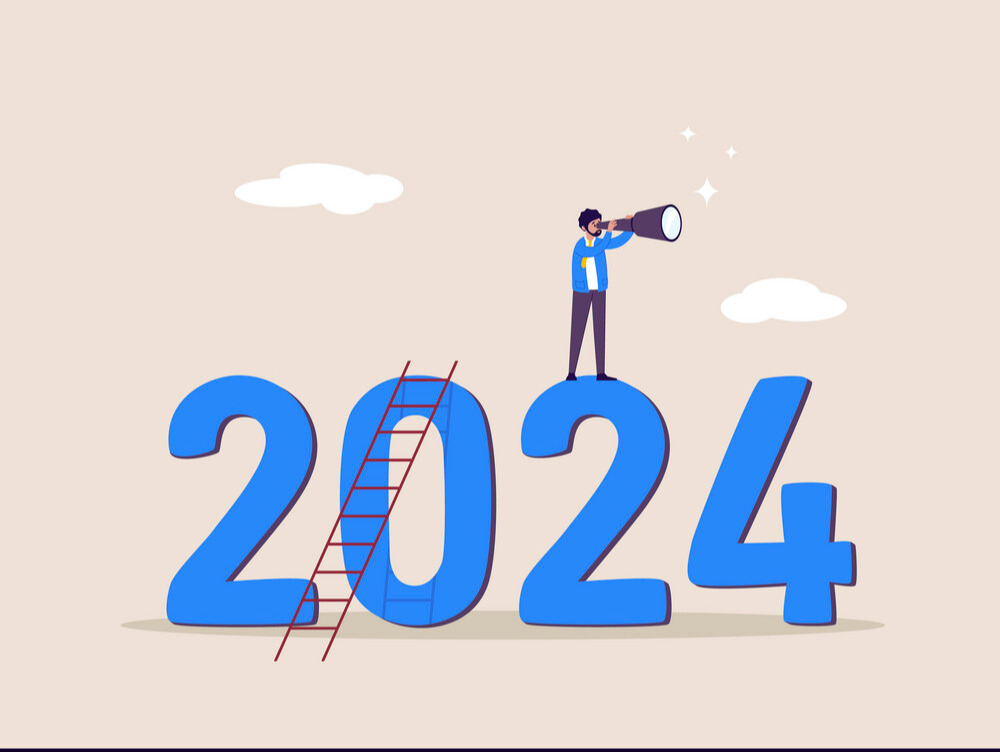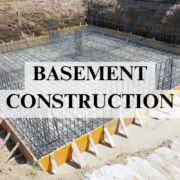Will Construction Costs Go Down In 2024?
Table of Contents
Introduction
A Burning Question will construction costs go down In 2024? Construction costs play a crucial role in the planning and execution of various projects. Whether you’re a homeowner considering a renovation or a developer working on a large-scale construction project, understanding the trends and potential changes in construction costs is vital. In this article, we will explore the factors that influence construction costs and discuss the prospects of whether these will construction costs go down in 2024.
1. Factors Affecting Construction Costs

1. Availability and Cost of Raw Materials
Raw materials such as steel, lumber, cement, and copper significantly impact construction costs. The availability and cost of these materials are subject to market forces, including supply and demand dynamics, trade policies, and global economic conditions. Shortages and price fluctuations in raw materials can drive construction costs upwards.
2. Labor Costs and Availability
The availability of skilled labor and the cost of wages are key factors influencing construction costs. Labor shortages, particularly in specialized trades, can drive up wages, making projects more expensive. Additionally, changes in immigration policies and demographics can affect the labor market, potentially impacting construction costs.
3. Market Demand and Economic Conditions
Market demand for construction projects and the overall economic climate play a significant role in construction costs. During periods of high demand, contractors may have more leverage to increase their prices. Economic conditions, such as inflation or recession, can also influence the cost of materials and labor.
4. Government Policies and Regulations
Government policies and regulations can have a substantial impact on construction costs. Changes in zoning laws, building codes, or environmental regulations can increase project expenses. Additionally, tariffs and trade policies imposed by governments can affect the prices of imported construction materials.
2. Current Trends in Construction Costs

1. Rising Raw Material Prices
Over the past few years, the construction industry has experienced significant increases in raw material prices. Factors such as supply chain disruptions, trade disputes, and increased global demand have contributed to these price hikes. Steel, lumber, and other essential materials have seen substantial cost escalations, directly impacting construction project budgets.
2. Labor Shortages and Wage Increases
One of the persistent challenges in the construction industry is the shortage of skilled labor. This shortage has led to increased competition for qualified workers, resulting in wage increases. Higher labor costs can have a cascading effect on overall construction expenses.
3. High Demand and Increased Competition
The construction industry has witnessed a surge in demand for residential, commercial, and infrastructure projects. This high demand, coupled with limited capacity, has intensified competition among contractors. When competition is fierce, contractors may be less likely to reduce prices, leading to sustained construction costs.
4. Impact of Government Policies
Government policies and regulations, such as environmental standards and safety requirements, have led to additional compliance costs in the construction industry. These requirements often necessitate the use of specialized equipment, materials, and labor, contributing to increased construction expenses.
3. Outlook for 2024

1. Raw Material Prices Forecast
Predicting raw material prices is a complex task influenced by various factors. While some experts anticipate a stabilization of prices in 2024, others suggest that certain materials might experience further increases. Factors such as global supply chain disruptions, geopolitical tensions, and economic recovery patterns will shape the raw material market, ultimately impacting construction costs.
2. Labor Market Projections
The labor market for construction workers is expected to remain tight in 2024. Skilled tradespeople will continue to be in high demand, potentially leading to wage increases. However, technological advancements and increased investment in training programs may help alleviate labor shortages to some extent.
3. Economic Forecast
The economic forecast for 2024 is subject to various factors such as GDP growth, inflation rates, and government policies. If the economy experiences robust growth, construction activity may remain strong, which could sustain construction costs. However, economic downturns or unforeseen events can introduce uncertainties that might impact construction costs differently.
4. Anticipated Government Policies
The influence of government policies on construction costs cannot be underestimated. Changes in regulations, taxes, and subsidies can directly affect project budgets. It is important to monitor potential policy shifts and their potential impacts on construction costs in 2024.
4. Strategies to Manage Construction Costs

1. Value Engineering
Value engineering involves analyzing construction projects to identify opportunities for cost savings without sacrificing quality or functionality. This approach focuses on optimizing design, materials, and construction methods to achieve the desired outcome within budgetary constraints.
2. Efficient Project Management
Effective project management plays a critical role in cost control. Proper planning, scheduling, and resource allocation help minimize waste, prevent delays, and optimize project efficiency. Adopting project management methodologies and utilizing software tools can improve cost management practices.
3. Embracing Technology
Technological advancements in construction, such as Building Information Modeling (BIM), prefabrication, and automation, can streamline processes and reduce costs. Implementing innovative solutions and leveraging digital tools can enhance productivity and efficiency, ultimately impacting construction costs.
4. Effective Communication and Collaboration
Clear and open communication among project stakeholders fosters collaboration and prevents misunderstandings. Effective collaboration facilitates problem-solving, reduces rework, and improves overall project efficiency, contributing to cost control.
Conclusion
While predicting the exact trajectory of construction costs in 2024 is challenging, it is important to consider the key factors that influence these costs. Raw material prices, labor market conditions, economic forecasts, and government policies all play pivotal roles. By adopting strategies such as value engineering, efficient project management, embracing technology, and promoting effective communication and collaboration, stakeholders can navigate the complexities of construction costs and optimize their projects accordingly.
FAQs
Q1. Will construction costs decrease in 2024?
While it is difficult to predict with certainty, construction costs may not experience a significant decrease in 2024. Factors such as raw material prices, labor shortages, and market demand will continue to exert upward pressure on costs.
Q2. Can technological advancements help reduce construction costs?
Yes, embracing technology in construction can lead to cost savings. Tools like Building Information Modeling (BIM) and prefabrication techniques improve project efficiency and minimize waste, ultimately impacting construction costs positively.
Q3. How can project management practices contribute to cost control?
Efficient project management practices, including proper planning, scheduling, and resource allocation, can help minimize delays and optimize project efficiency. This, in turn, can contribute to better cost control and project outcomes.
Q4. What role do government policies play in construction costs?
Government policies and regulations can directly impact construction costs through compliance requirements, tariffs, and subsidies. Changes in zoning laws, building codes, or environmental standards can influence project expenses.
Q5. What is value engineering, and how does it help manage costs?
Value engineering involves analyzing projects to identify cost-saving opportunities without compromising quality. By optimizing design, materials, and construction methods, value engineering helps achieve project goals within budgetary constraints.









